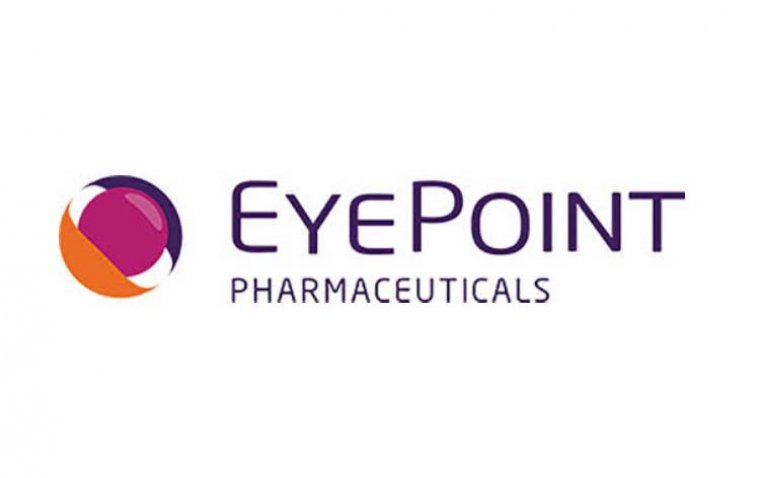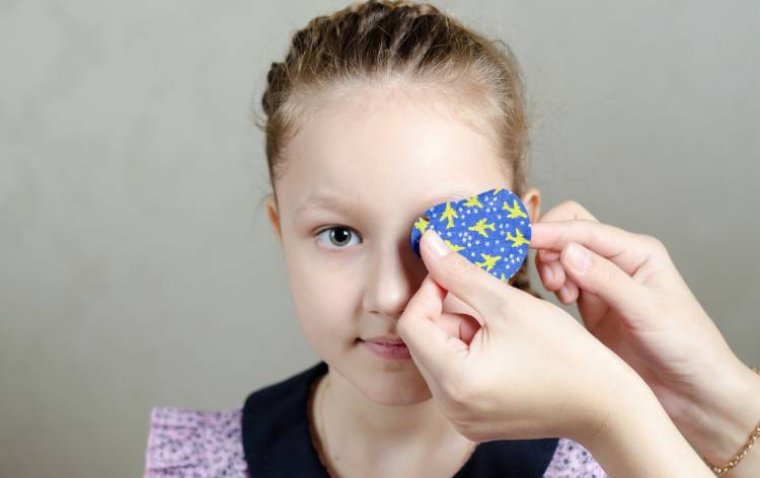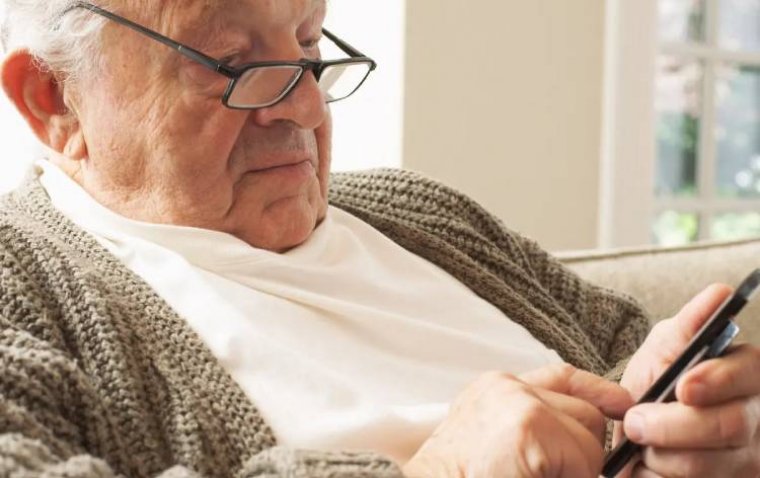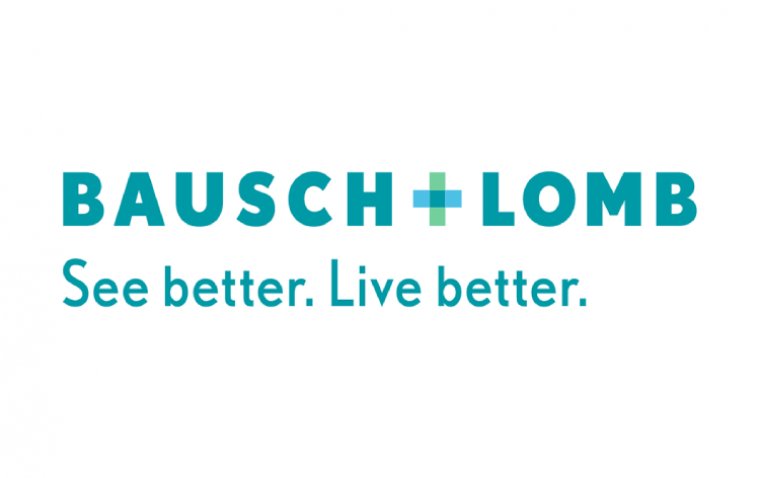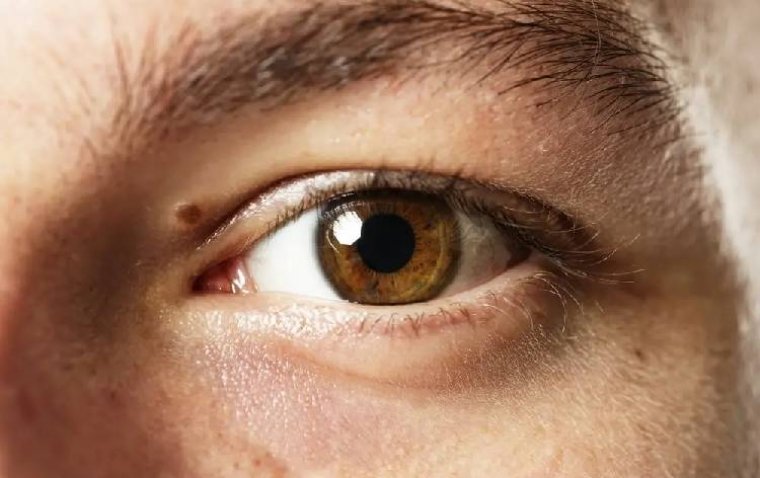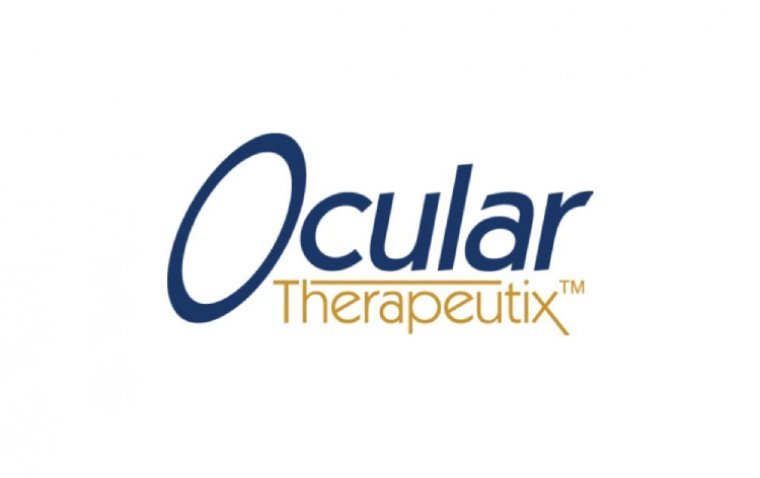
Researchers have unveiled promising findings at the Pediatric Academic Societies (PAS) 2024 Meeting ...
read moreEyePoint Pharmaceuticals announced the topline results from its phase 2 PAVIA clinical trial, which ...
read moreA recent study conducted by experts from the University of Leicester sheds light on a potentially mo...
read moreA recent study has revealed that home-monitoring vision tests do not match the diagnostic accuracy o...
read moreThe Alfred hospital has initiated clinical trials utilizing BrainEye, a pioneering smartphone app de...
read moreBausch + Lomb has unveiled the results of a pivotal clinical study published in Frontiers in Ophthal...
read moreResearchers at Seoul National University Hospital in South Korea, led by Chung Young Kim, M.D., have...
read moreResearchers from the University of the Basque Country (UPV/EHU) and Biobizkaia have explored the pot...
read moreResearchers at Boston Children's Hospital have made a significant advancement in understanding the g...
read moreOcular Therapeutix announced positive topline results from its phase 1 HELIOS study, which evaluated...
read more More
More

